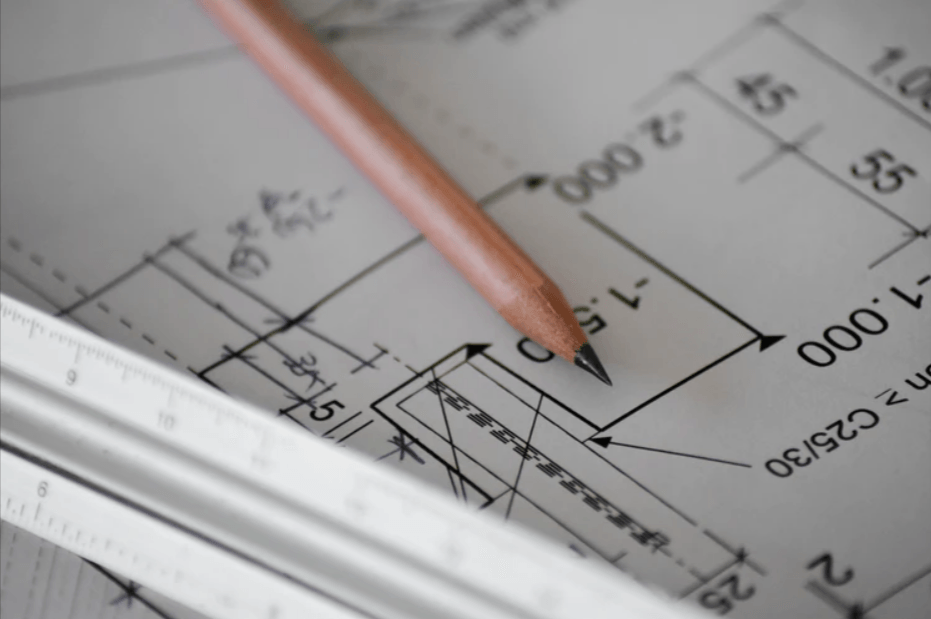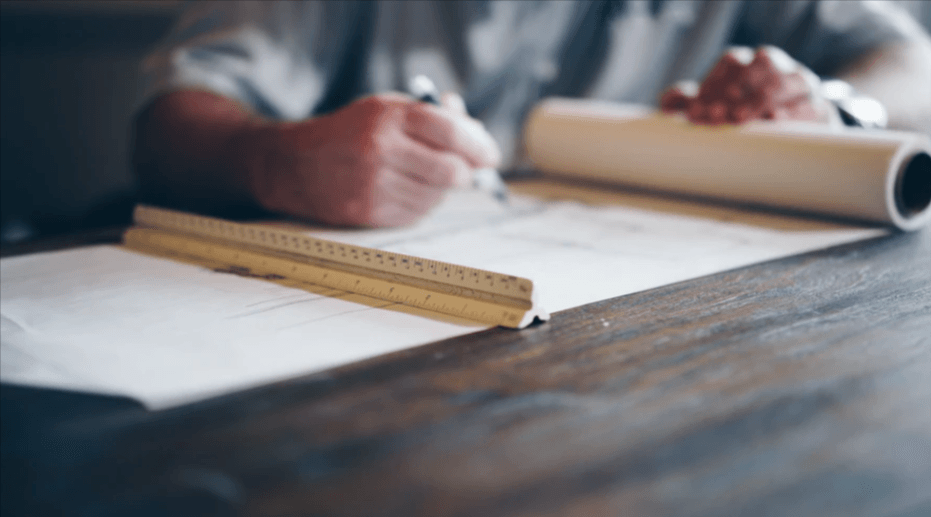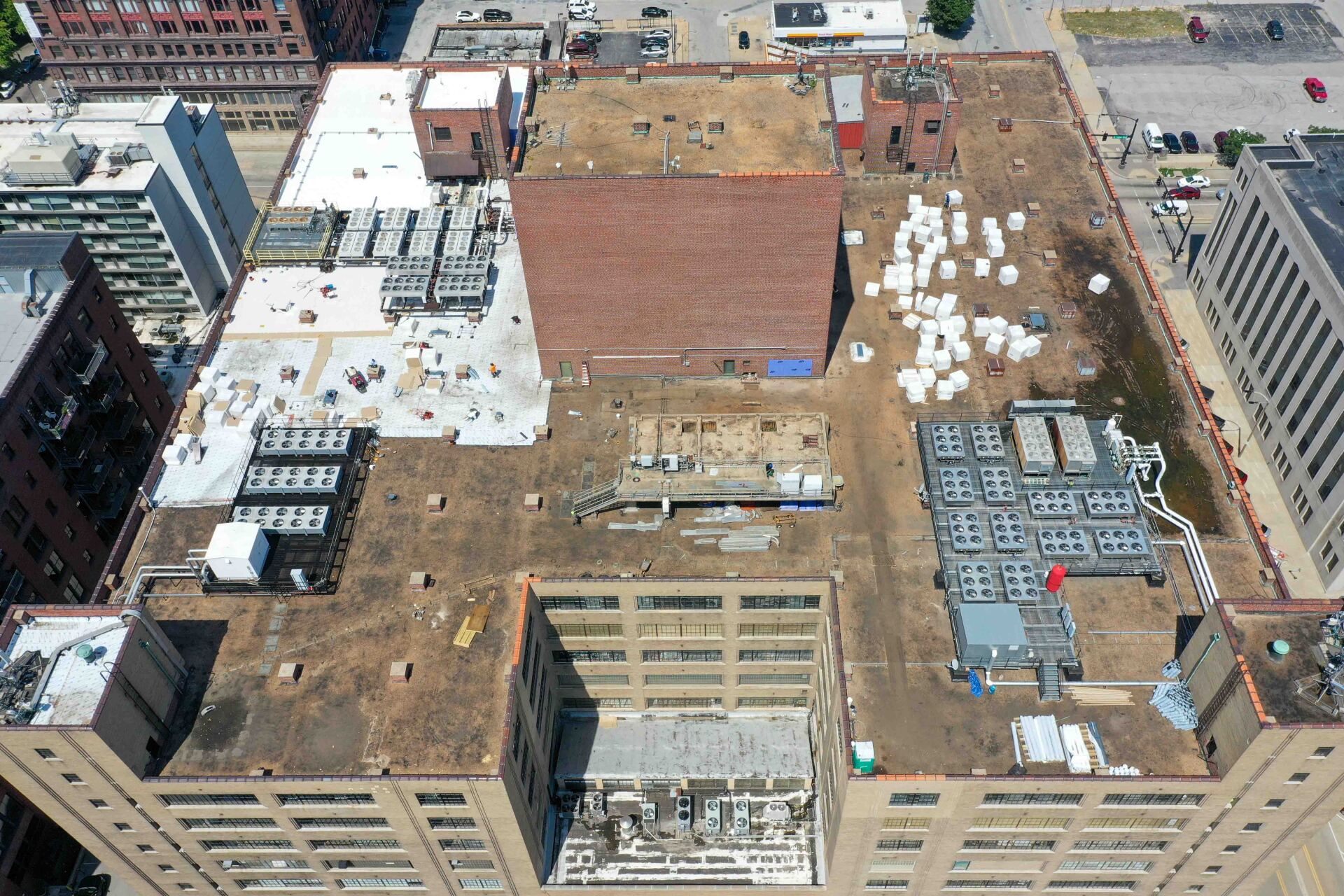Construction Bidding 101

Finetune Plans
After establishing a shortlist of general contractors, revisit your project plans. Make sure they are clearly written and concise, with a detailed explanation of the scope of work and the materials needed for the job. The clearer the plans, the more accurate the bid proposals will be when the general contractor submits it. If the project is still in concept mode, there are other ways to estimate the costs -- just ask the contractor for their thoughts.
Create A System
Keeping bids straight takes some documentation. Start with a template to make side-by-side comparisons of bids easier and create a spreadsheet to compile information as it comes in from the general contractors. Take it one step further and invest in software that automates this work; a smart investment for businesses looking to tackle multiple construction projects at once.
Assess The Bids
When comparing the bids side-by-side, look for discrepancies between the proposals on the same line items. This clearly highlights pricing differences; follow up with the contractors on why their prices are higher than the other proposals received. Read any fine print, clauses, exceptions, and other amendments carefully to mitigate delay of work, breach of contract, or legal disputes.
Treat It Like An Interview
Think of the bidding process as a job interview: The project is the position, and the general contractor is the candidate. Schedule a meeting either in person or virtually to get a better idea of the team working on the project and the person who’s in charge of communicating directly with clients. Don’t accept any bids before all questions have been answered and all stakeholders are comfortable with moving forward.
Put In The Time
Construction projects are time-consuming and costly, and choosing a general contractor should be more than just choosing the first number that pops up in an internet search. Putting in the legwork to find the right general contractor for the job offers a big return on investment. When it’s time to start a construction project, consider us for the job.
Wright Building Systems may have only been around since 2018 but don’t be fooled by that number. The project manager has been an experienced journeyman union carpenter for over 20 years, managing jobs both big and small.
We are a proud, family-owned company whose employees all share one thing: the passion to deliver quality and profitable projects on time and on budget. Through hard work and determination, we have built a reputation for being the contractor of choice for value-minded clients who want the job done right the first time.
We are highly experienced in all aspects of a build: estimation, construction, project management, preconstruction services, and construction and can bring any project from idea to completion at a fair price and a reasonable timeframe. For a job done right, call Wright Building Systems!





